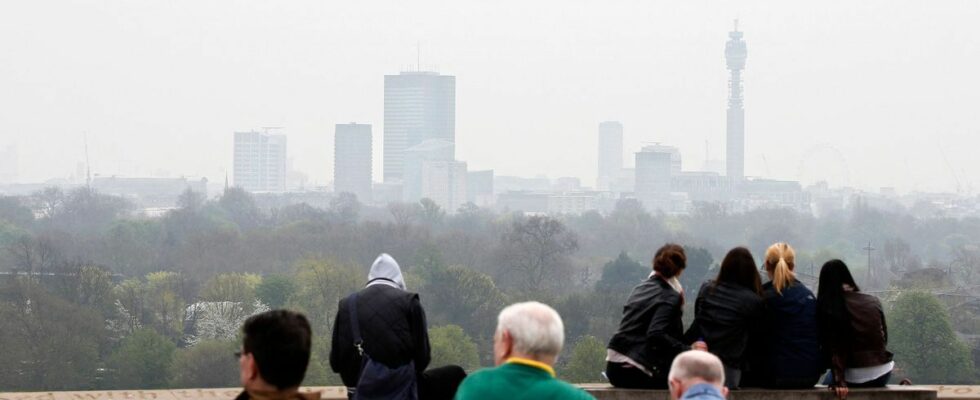Published on
updated on
Reading 2 min.
Fine particle air pollution fell last year in Europe and China thanks to a drop in emissions from human activities, the United Nations said Thursday, calling for climate change and air quality to be addressed jointly.
Fine particles PM2.5 (with a diameter not exceeding 2.5 microns) pose a serious health hazard if inhaled over long periods of time, as they are small enough to reach the bloodstream.
Sources of these particles include emissions from fossil fuel combustion, such as vehicles and industry, as well as natural sources such as wildfires or wind-blown desert dust.
“Data for the year 2023 indicate a negative anomaly, i.e. a decrease in PM2.5 compared to the 2003-2023 reference period, over China and Europe“, said Dr. Lorenzo Labrador, a scientist at the World Meteorological Organization (WMO), on the occasion of the publication of the annual bulletin on air quality and climate.
The bulletin, released by the WMO, a UN agency, ahead of the International Day of Clean Air for blue skies on September 7, notes that air quality and climate change are linked, as chemicals responsible for air pollution are typically emitted at the same time as greenhouse gases.
“Climate change and air quality cannot be treated separately. They go hand in hand and must be addressed together.“, noted WMO Deputy Secretary-General Ko Barrett in a statement.
And the WMO warns: “The vicious cycle of climate change, wildfires and air pollution is having increasingly serious negative impacts on human health, ecosystems and agriculture.“.
The organization cites as examples experiments in China and India that have shown that particles can reduce crop yields by up to 15% in highly polluted areas.
The bulletin suggests practical solutions, including planting trees or shrubs to physically protect crops from local sources of particles, while helping to sequester carbon and preserve biodiversity.
According to the World Health Organization, 9 out of 10 people breathe air containing high levels of pollutants.
Forests on fire in North America
Regarding particles, the bulletin does not present a global or regional analysis, but reports different regional trends.
Based on data from the European atmosphere monitoring service Copernicus and NASA, the WMO found that “Above-average PM2.5 levels have been measured in India, due to increased emissions of pollutants from human and industrial activities“, according to the press release.
This “increase in PM2.5” concerns “the Indian subcontinent and parts of Southeast Asia“, according to Dr. Lorenzo Labrador.
In contrast, China and Europe measured levels below average, according to the WMO.
“We tend to think that the decline in pollution in Europe and China is a direct result of a reduction in emissions in these countries over the years. We have noticed this trend since we started publishing the bulletin in 2021.“, also specified the scientist, who coordinated its publication.
In the United States, the situation is essentially one of “status quo compared to the reference period“, he explained, but the data shows that the forest fires in North America have, according to the WMO, “caused exceptionally high PM2.5 emissions compared to the 2003-2023 baseline period“.
The WMO also reports lower than usual dust emissions in the deserts of the Arabian Peninsula and much of North Africa.
